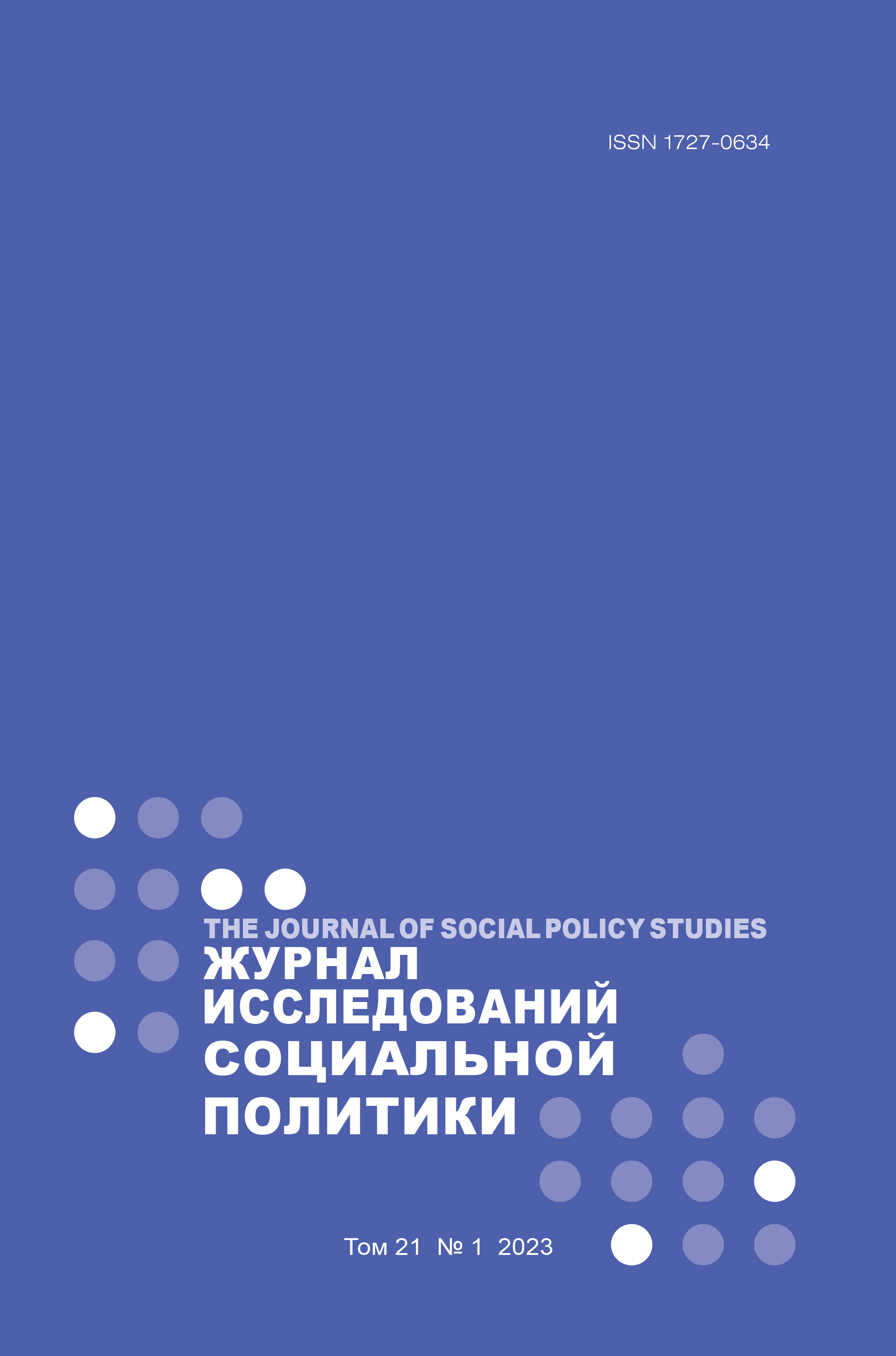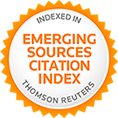Social Predictors of Adherence to Non-pharmaceutical Interventions during the First Wave of COVID‑19 Pandemic in St. Petersburg
Abstract
The existing studies emphasize the key role of non-pharmaceutical interventions (NPIs) in containing the incidence of COVID‑19, especially at the beginning of the pandemic. Using the unique survey data from the European University in St. Petersburg on the incidence of COVID‑19 in the city, we analyze social predictors of adherence to restrictive measures during the period of its most intensive enforcement in April-June 2020. The results of modeling of the frequency of handwashing, wearing a mask outside, and lockdown adherence demonstrate that attitudes toward NPIs predicted the respondents' compliance with them. At the same time, the role of gender, age, and level of education varied for different types of measures. Watching the news about the pandemic was positively associated with COVID‑19‑specific prevention measures such as wearing a mask outside and rarely leaving the house but was not associated with increased handwashing. In a situation of high uncertainty, St. Petersburg residents sought to self-assess the risks. This can be seen from the interesting interactive effect of watching the news about the pandemic and age. Among those who followed news about the pandemic closely, the young were more likely to break the lockdown and the elderly were significantly less likely than their peers who were not informationally involved in the situation. In general, people understood the greater danger of the coronavirus for the elderly and the lesser danger for the young. While the lockdown rules were almost identical for different ages, especially at the beginning of the epidemic, many people sought to construct their own strategy, in which the official recommendations (rather controversial) were only a part of the picture. Our study contributes to the discussion about adherence to different restrictive measures during the coronavirus pandemic and provides a better understanding of what motivated it in St. Petersburg.















